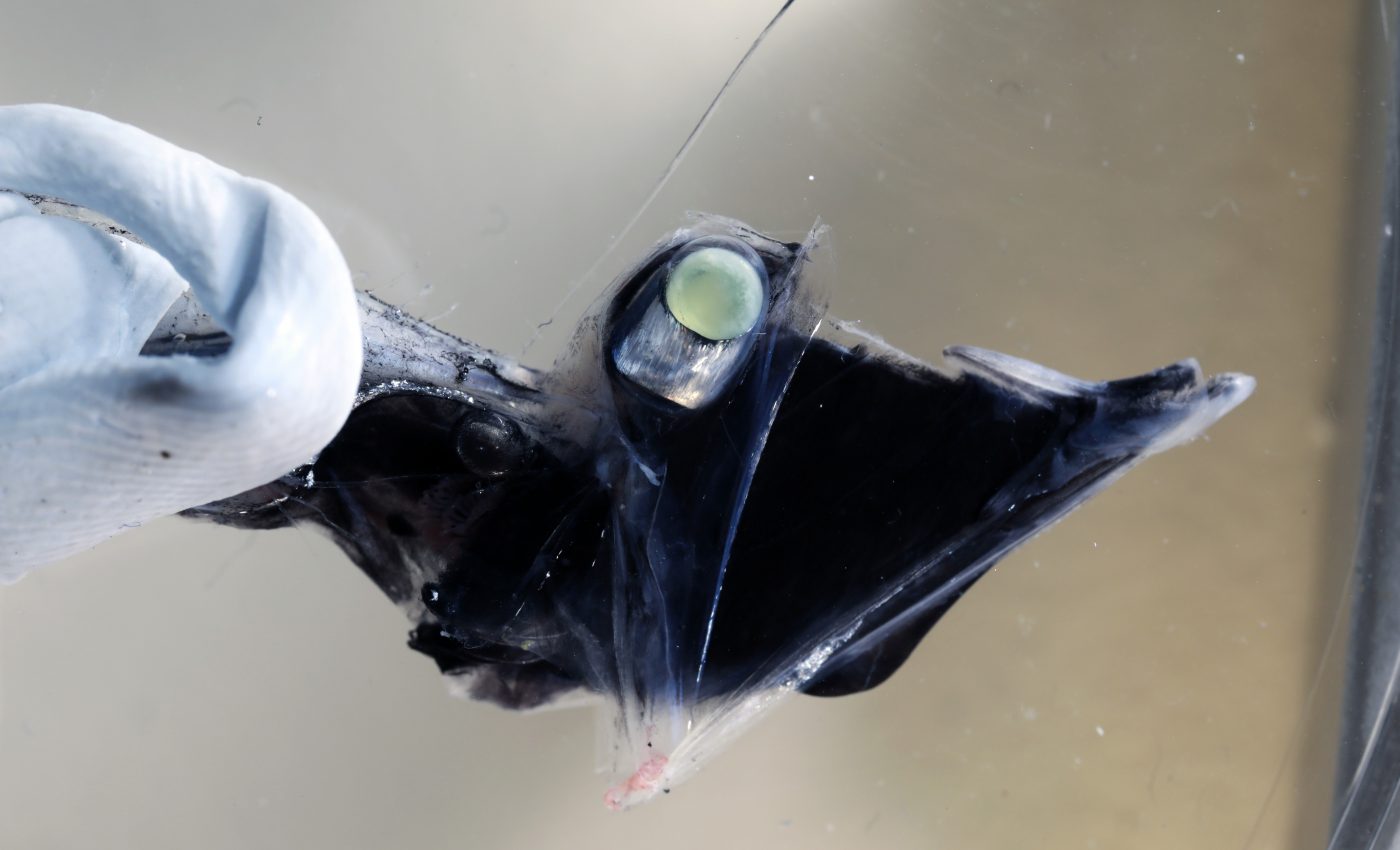
These fish can see colors even in the darkest depths of the ocean
These fish can see colors even in the darkest depths of the ocean. An international research team led by scientists at the University of Queensland has discovered that fish living up to 1,500 meters deep in the ocean may have the remarkable ability to see color in dark waters. This extraordinary vision likely developed as a survival mechanism to help the fish distinguish predators from prey.
According to the experts, the research sheds new light on the evolution of vision in vertebrates, including humans.
Dr. Fabio Cortesi of the UQ Queensland Brain Institute explained that vertebrates use rods and cones, which are two types of photoreceptor cells, in order to see. “Cones are used in bright-light conditions, while rods are generally used in dim-light.”
Proteins called opsins are present in both rods and cones to absorb light at specific wavelengths. Dr. Cortesi said that color vision among vertebrates is made possible by four different opsins used in cones.
“This variety allows sensitivity to a broad range of colors,” said Dr. Cortesi. “Ninety-nine percent of all vertebrates have just one opsin protein in their rods, so most are color-blind in dim-light conditions because they rely only on that single rod opsin.”
Dr. Fanny de Busserolles is a UQ deep-sea visual ecology specialist. She explained that most of the light is filtered out at depths of 200 to 1,500 meters below the surface of the ocean. “Down there it’s very monochromatic, and most fish just perceive blue light. But we have discovered some spectacular exceptions.”
The investigation was focused on an analysis of the genomes of 101 species of fish. “We found 13 species had more than one rod opsin gene, and one – the silver spiny fin fish – had a remarkable 38 of these opsins,” said Dr. Cortesi.
Experiments and testing of how these rod opsins function indicated that silver spiny fins are able to pick up a wide range of wavelengths of light, which means they can probably see many colors.
“There are many colors of bioluminescence – light produced and emitted by living organisms – down there, and it mainly appears in flashes coming from other fish,” said Dr. Cortesi. “If you want to survive down there you need to quickly decide if you are seeing a potential predator or potential prey.”
The study is published in the journal Science.
—
By Chrissy Sexton, Earth.com Staff Writer
Image Credit: Dr. Wen-Sung Chung, University of Queensland, Australia













